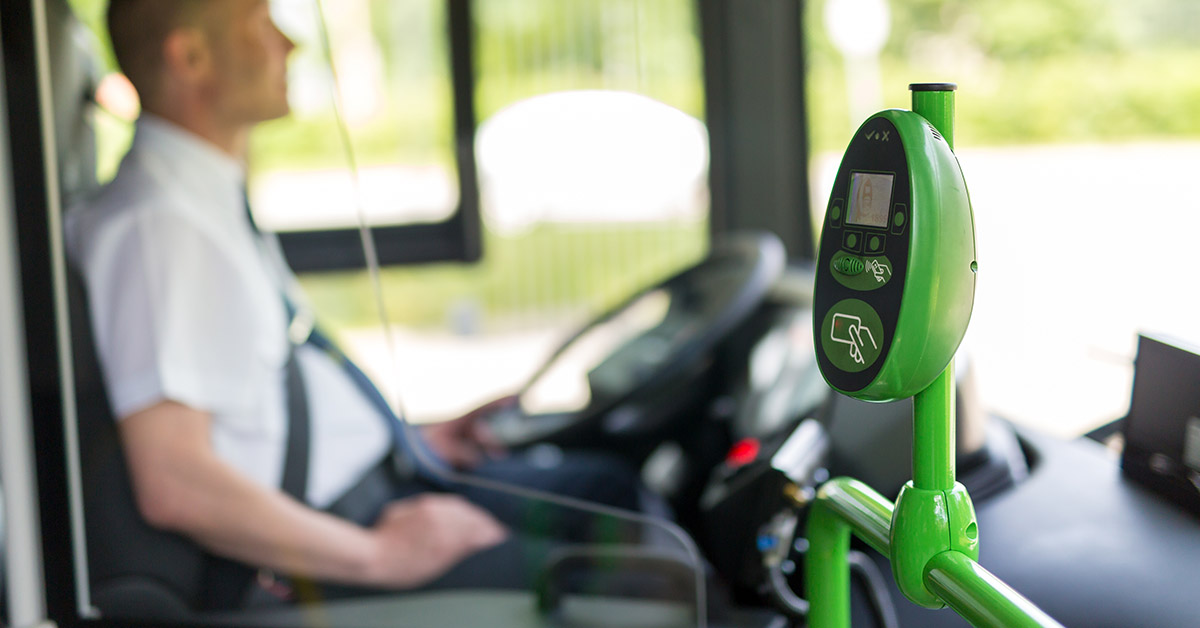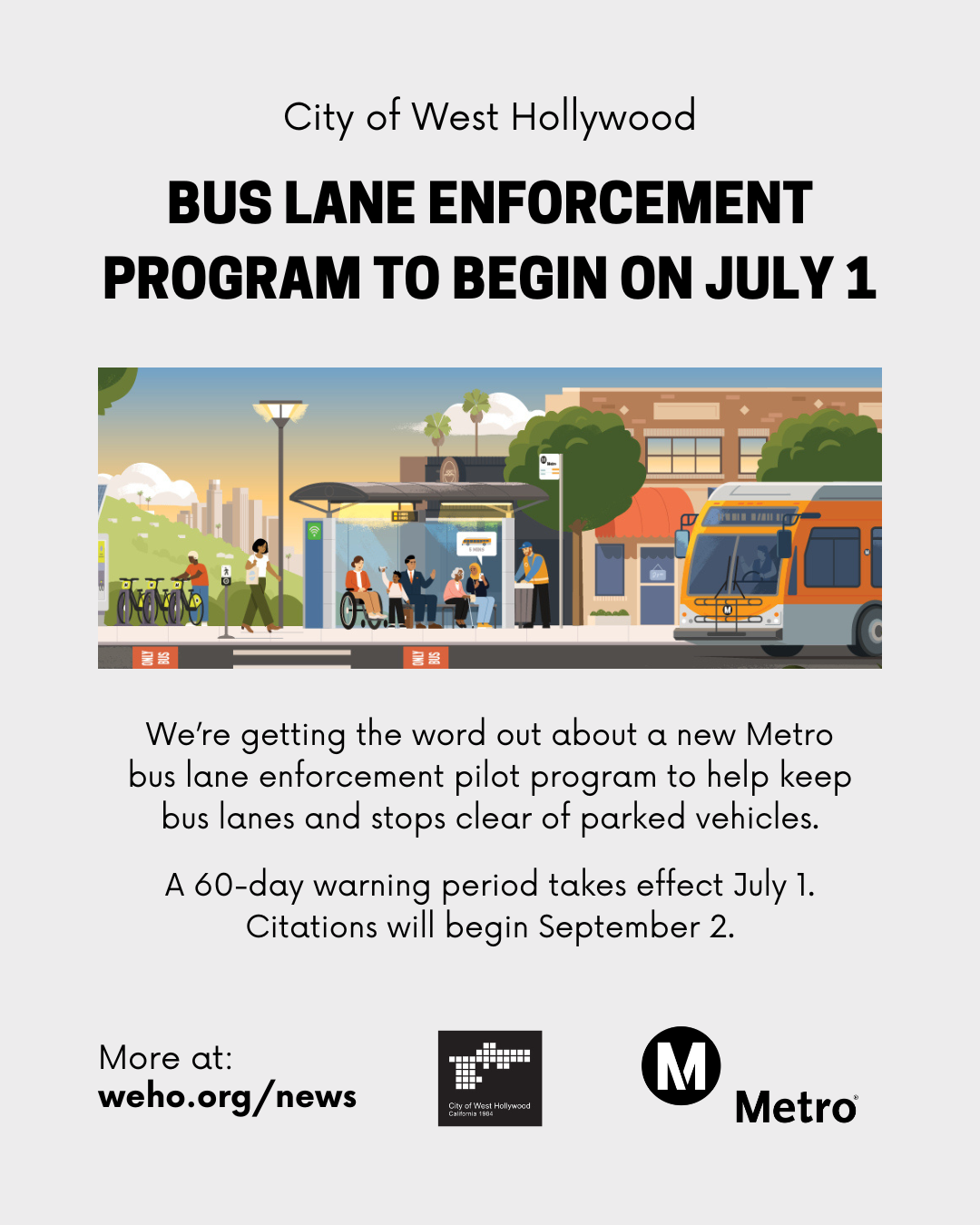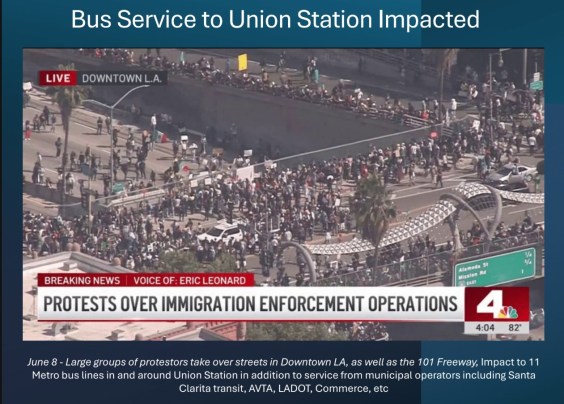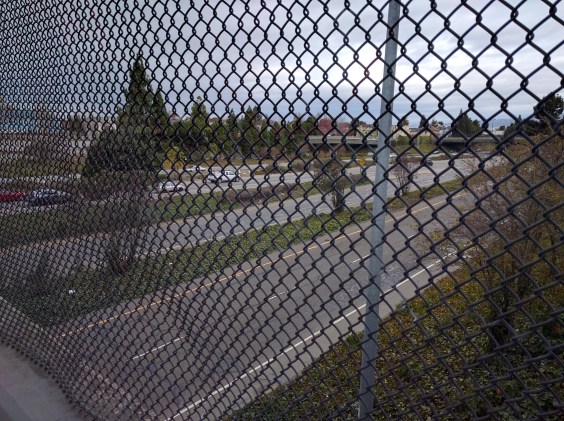(This is the first in a series of posts by Enghouse Transportation one of our advertising sponsors. Enghouse is hosting a free webinar on April 5 about modern fare collection systems and their benefits for transit agencies, riders, and employees.)
Transit industry leaders are beginning to adopt new fare payment technologies that can help revolutionize the industry.
For decades, many transit agencies have required riders of their systems to pay cash or to obtain an agency account with a transit card or pass. They often require transit riders to purchase tickets at vendor kiosks or ticket booths that can be plagued by long queues or frustrating delays. The cards and passes were independent of other payment systems the customers might use, such as credit cards or debit cards, and some required minimum balances.
Enghouse Transportation is part of a paradigm shift in the industry to move away from such “closed-loop” payment systems and towards new open-loop contactless payments that enable transit riders to use the same credit and debit cards they already use for routine purchases. Experts say these payment systems are the wave of the future.
Enghouse Transportation has established itself as an industry leader in open-loop payment systems in the Netherlands and Central and Eastern Europe and is bringing that expertise to the U.S. market.
Its recently published guide, “What to Look For in an Automated Fare Collection Solution,” spells out how an Automated Fare Collection (AFC) system works.
There are four fundamental elements of an AFC system:
· The network connection – The Payment Acceptance Device (PAD) must have internet connectivity in the station or aboard the transit vehicle.
· The customer transaction – A rider taps their contactless chip card, smartphone, or wearable device at the PAD to validate the payment.
· The back-office – The payment processing vendor’s back-office applies the agency’s fare rules, transfers, and fare caps to calculate the correct and best fare.
· The banking transaction – The transaction is passed to the merchant acquirer, and the funds migrate from the customer’s account to the agency’s.
The benefits of open-loop contactless AFC are tremendous. The software enables transit agencies to cap daily or weekly or monthly fares and provide discounts to specific customers. It enables quick tap-and-pay transactions that speed up boarding times. The contactless nature of the payments is useful for reducing contact with potentially contaminated surfaces. The software also grants access to a customer portal where transit riders can download receipts, view their travel history, and pay account balances. The system can also make travel planning easier.
The transit industry is moving towards open-loop payment systems. In Visa’s Future of Urban Mobility study, [link?] 88 percent of riders surveyed said they expect to pay with a tap on trains and buses. The report also states there are more than 700 U.S. transit projects underway that include the introduction of contactless tap-and-go payment methods.
It’s time to say goodbye to outdated fare collection systems, prepaid rides, confusing kiosks, paper tickets, proprietary transit-specific apps, and handling cash. Open-loop contactless transit solutions allow passengers — whether frequent commuters, locals, or visitors — to simply use their existing credit card, debit card, or mobile wallet to tap and pay for a ride in less than a second.
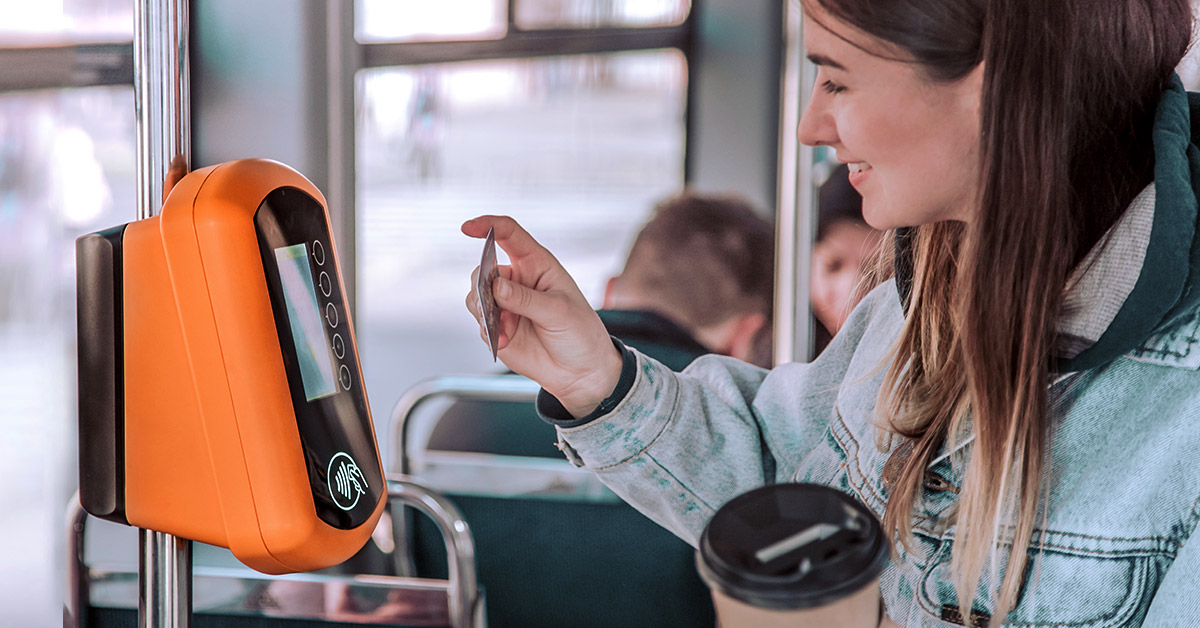
One development that is accelerating the use of these payment cards is the global migration to chip-enabled payment cards. According to EMVCo, more than nine of every ten card transactions in 2021 were made using chip-enabled payment cards. The U.S. saw the highest year-to-year increase, rising by nine points from 72.8 percent to 81.7 percent of transactions.
This global acceptance of chip-enabled card technology is making it easier for transit agencies to move to open-loop systems.
To find out more about modern fare collection systems and their benefits for transit agencies, riders, and employees, register for Enghouse’s free webinar on April 5, 2023, at 11 a.m. PDT / 2 p.m. EDT.
